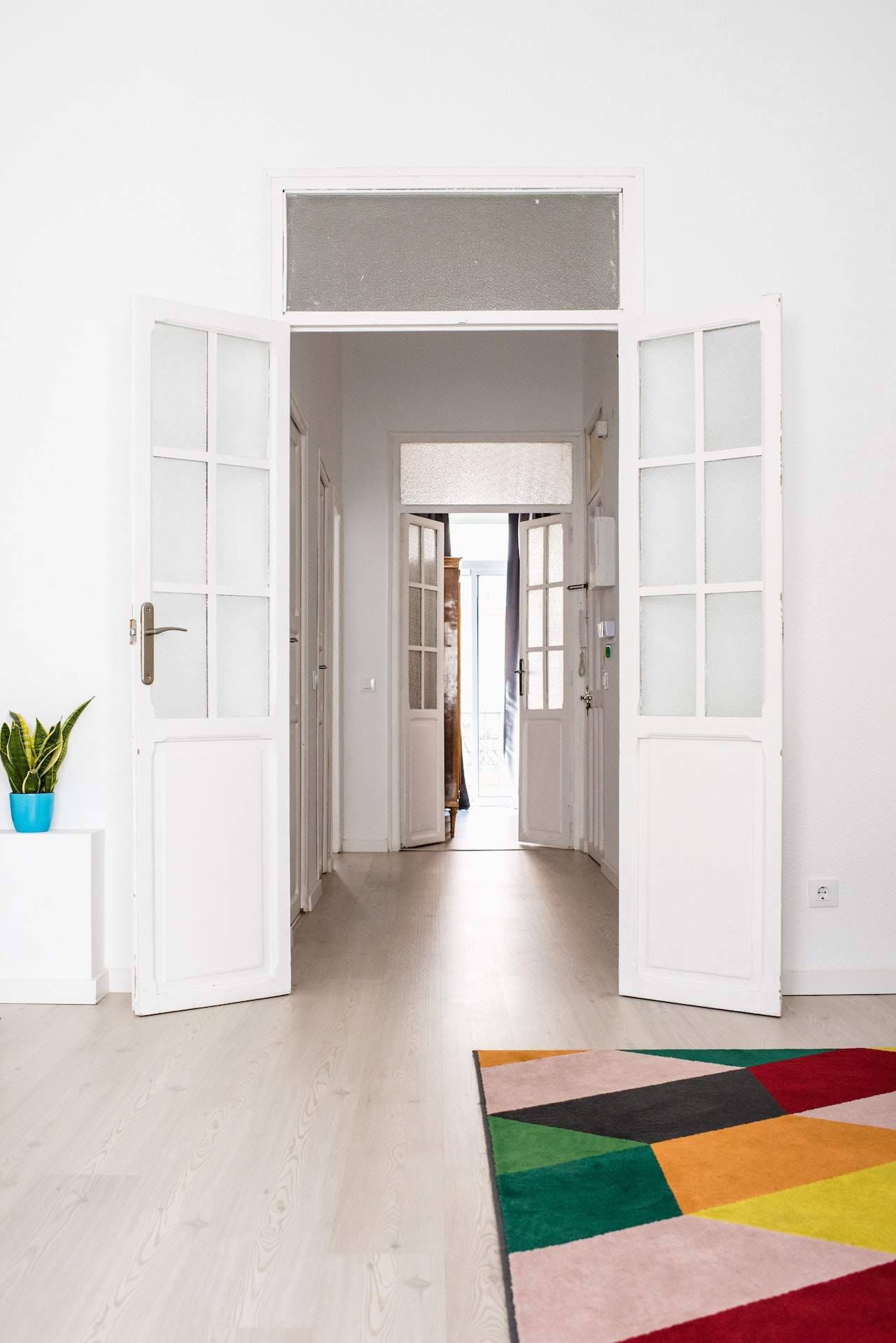
Sustainable Choices for a Greener Home
Discovering Eco-Friendly Flooring Options
In the ever-evolving world of home design, the pursuit of sustainable living has become more than just a trend; it’s a way of life. One of the most impactful ways to reduce your carbon footprint and create a greener home is by choosing eco-friendly flooring options. With a plethora of innovative and planet-conscious materials available, you can transform your space into a sustainable sanctuary without sacrificing style or comfort.
The Natural Charm of Hardwood
Wooden floors have always been a timeless choice, and they continue to shine as one of the most eco-friendly flooring options. When sourced from sustainably managed forests or reclaimed wood, hardwood floors combine natural beauty with environmental responsibility. Oak, maple, and bamboo are popular choices, and they offer an appealing durability that can last for generations. Installing reclaimed wood floors not only adds character to your home but also keeps valuable resources from going to waste.
Bamboo – The Green Wonder
Bamboo, often mistaken for a tree, is, in fact, a fast-growing grass. This quality makes it an extraordinary eco-friendly flooring option. Bamboo matures within just 5-7 years, compared to the several decades that traditional hardwoods require. It’s tough, resilient, and can withstand heavy foot traffic, making it ideal for homes with active families. Moreover, bamboo can be harvested without uprooting the entire plant, ensuring quick regeneration and minimal environmental impact.
Cork – Soft and Sustainable
Cork flooring is a superb choice for those seeking a softer and warmer alternative to traditional hardwood. Harvested from the bark of cork oak trees, this material regenerates naturally, ensuring a renewable source of eco-friendly flooring. Cork is naturally resistant to mold and mildew, making it an excellent option for damp areas like bathrooms or basements. It also provides natural insulation, which can help reduce energy consumption by maintaining indoor temperatures.
Lively Linoleum
Linoleum might evoke memories of outdated and unattractive floors, but this eco-friendly option has undergone a remarkable transformation. Made from natural materials such as linseed oil, cork powder, and wood flour, modern linoleum is not only sustainable but also available in a vast array of colors and patterns. It’s highly durable, water-resistant, and easy to maintain, making it an ideal choice for high-traffic areas.
The Beauty of Reclaimed Materials
For those who appreciate the allure of history and character, reclaimed materials offer a unique eco-friendly flooring solution. Reclaimed wood, brick, or stone can give your home a one-of-a-kind charm, often telling stories of the past through their imperfections and unique characteristics. Salvaging materials from old buildings and repurposing them for your home is an environmentally responsible way to achieve a timeless and sustainable interior design.
Eco-Friendly Tiles
Ceramic and porcelain tiles are versatile and eco-conscious flooring options. They are made from natural materials, including clay, and fired at high temperatures, which results in durable and low-maintenance flooring. Consider choosing tiles with recycled content or reclaimed tiles for an even more sustainable choice. Additionally, natural stone tiles, like slate or travertine, provide a luxurious and eco-friendly alternative, adding a touch of elegance to your space.
Recycled Glass Glory
Recycled glass tiles offer an eco-friendly flooring option with a contemporary twist. These tiles are made from discarded glass bottles and jars, providing a second life for these materials. Available in various colors and designs, they can bring a vibrant and artistic touch to your home. Their reflective properties can also enhance natural light in your space, reducing the need for artificial lighting.
Natural Wool Carpets
Carpeting has long been a popular choice for its comfort and warmth, but traditional carpets are often laden with synthetic materials and chemicals. Opt for natural wool carpets, which are not only biodegradable but also hypoallergenic and resistant to dust mites. Wool carpets come in a wide range of styles, from plush and cozy to sleek and modern, making them a versatile and eco-friendly flooring option.
Eco-Friendly Vinyl Alternatives
Vinyl is a common choice for kitchen and bathroom floors due to its water-resistant properties, but traditional vinyl is not the most environmentally friendly option. However, eco-conscious alternatives like Luxury Vinyl Plank (LVP) or Linoleum can offer the same practical benefits while minimizing environmental impact. LVP mimics the look of hardwood or stone and is often made from recycled materials. Linoleum, as previously mentioned, is a sustainable option that provides similar durability and water resistance.
The Importance of Low VOCs
No matter which eco-friendly flooring option you choose, it’s vital to consider the adhesives and finishes used during installation. Volatile Organic Compounds (VOCs) are chemicals commonly found in adhesives and finishes and can have adverse effects on indoor air quality. To ensure a healthy living environment, select products with low or zero VOCs, which will reduce the emission of harmful substances into your home.

Conclusion
Choosing eco-friendly flooring options for your home isn’t just a commitment to sustainability; it’s a commitment to the well-being of your family and the planet. Whether you opt for the timeless beauty of hardwood, the rapid renewal of bamboo, the warmth of cork, or the limitless creativity of reclaimed materials, there’s a sustainable flooring choice for every style and budget. By making these choices, you’re not only enhancing your living space but also contributing to a greener, healthier future for generations to come. So, as you embark on your next home improvement project, take a step toward a more sustainable and beautiful home with eco-friendly flooring.

Leave a Reply